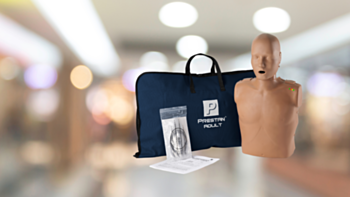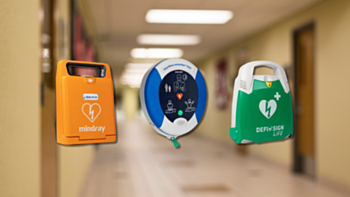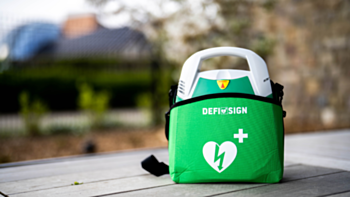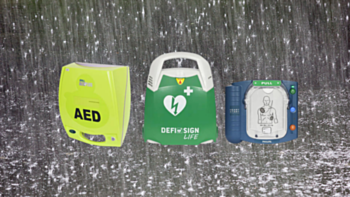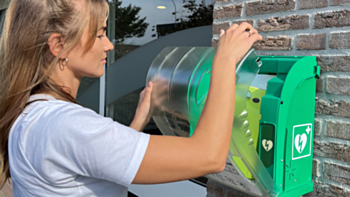Blog
-
22-04-2024
At Medisol, we are constantly looking for ways to offer our customers the best products in the field of CPR training. We are excited to expand our product line with Prestan; an innovative brand in the world of first aid training.
-
15-03-2024
One of the most crucial skills everyone should master is the ability to respond to emergencies such as a cardiac arrest. With CPR training, you will learn how to do this properly. You will also learn how to use an AED (Automated External Defibrillator). Integrating defibrillators and CPR training in schools is a valuable step that can save lives. You can read more about this topic in this blog.
-
23-02-2024
A cardiac arrest is a sudden and serious medical emergency that is life-threatening. During cardiac arrest, the heart isn’t completely without a rhythm, it just appears that way. Because the chambers of the heart are not receiving the right signals anymore, the heart can no longer contract and pump blood around the body. Understanding what exactly happens during a cardiac arrest is crucial because prompt action is the key to survival.
-
23-02-2024
In emergency situations, swift action is often the key to survival. One of the most powerful tools available for saving lives is the Automatic External Defibrillator (AED). And here is the life-saving secret – anyone can use an AED! In this blog, we delve deeper into the importance of defibrillators and show how simple it is for everyone, even without a medical background, to operate these life-saving devices.
-
23-02-2024
A question that naturally arises is, "Can I use a defibrillator in the rain?" It's a relevant concern often surrounded by myths and uncertainties. Let's address these concerns and highlight the facts so that, regardless of the weather, we can respond effectively to emergencies.
-
23-02-2024
A summer topic that makes our hearts beat faster (both literally and figuratively): outdoor sports! Did you know that exercising outdoors is not only good for your overall health but also specifically for your heart? In this blog, we share all the essential knowledge with you about the importance of outdoor sports. And a small tip for all non-sports enthusiasts among us: keep reading and let yourself be motivated to move more!
-
14-02-2024
It's Valentine's Day and today we celebrate love, though for some, it might bring to mind recent heartbreak. You may be wondering what effect does love have on your heart or if it is possible for heartbreak to lead to an actual "broken" heart. In this blog, we will explore these topics.
-
29-01-2024
In any community, the ability to respond effectively and quickly to emergencies, such as cardiac arrest, can mean the difference between life and death. Cardio Pulmonary Restitution, also known as CPR, is an important skill that can save lives. Especially in the crucial minutes before professional emergency services arrive. In this blog, we highlight the importance of CPR awareness in neighbourhoods. This life-saving technique can have a huge impact on your neighbourhood!
